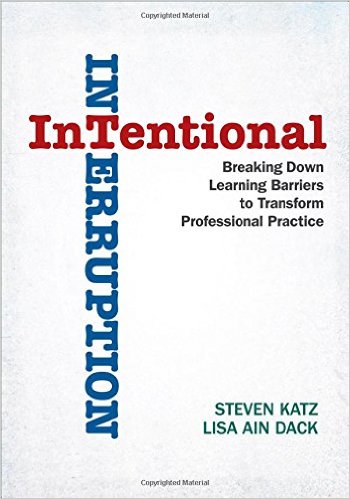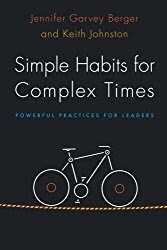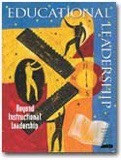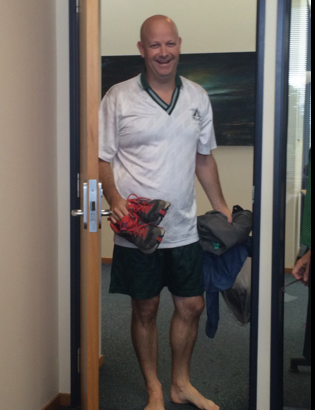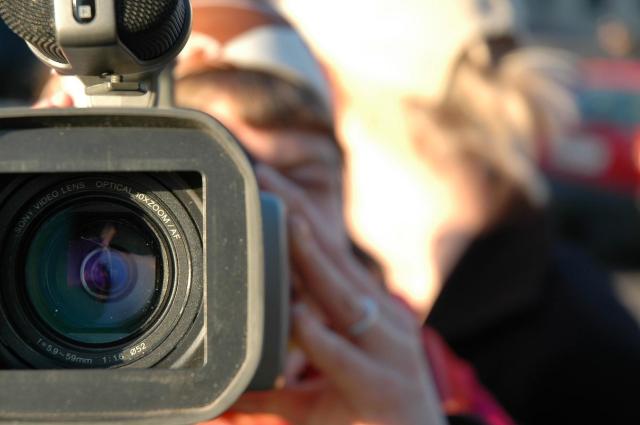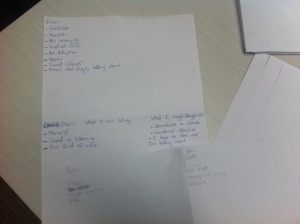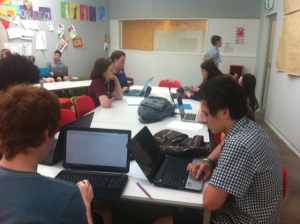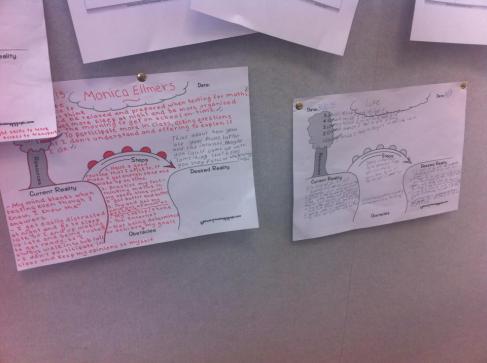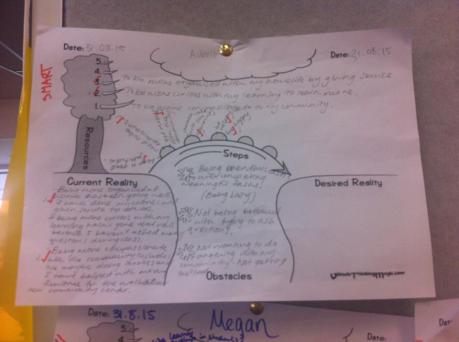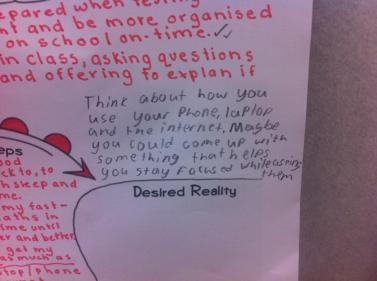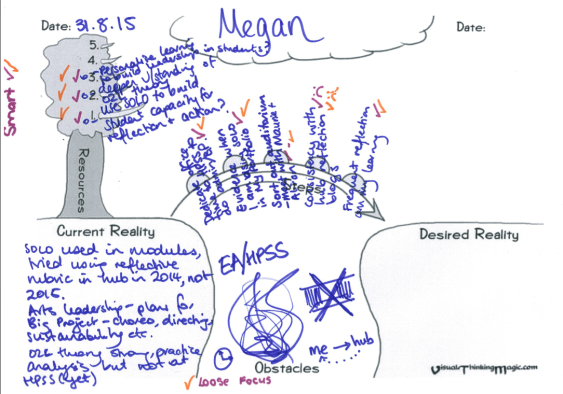Notes taken during O2L workshop at HPSS
Jacqui Patuawa
- Leadership through relationships, expertise, postions of authority
- Leadership exercised through conversations – leadership is a dialogic activity
Student centred leadership
Leadership enables leaders to exercise problem solving and relational trust
Problem solving – “If I had one hour to save the world, I would spend 55 minutes defining the problem and then five minutes solving it” (Albert Einstein).
In schools, we often have the opposite approach – time poor (or perceived) means that we jump to solutions, rather than agreement and critical evaluation of problem.
In schools, we spend a lot of time talking past each other.
Complex problem solving involves solution requirements (conditions that must be met to solve problem effectively).
Mark from Starpath project:
13 barriers to increasing student achievement
- questionnaire to gain snapshot of leadership cohesion
- ML rate seriousness of barriers in school
- then rate effectiveness of SLT at dealing with barriers.
Disconnect between senior leadership and middle leadership in many barriers. Questionnaire different for SLT – what do you think your MLs will rank these barriers as.
All data generated in these surveys are perception based – need to clarify perceptions further.
Relational Trust
Bryk and Schneider (1970s) investigated effective schools – outcome was that leaders with high relational trust
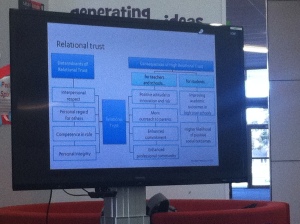
Determinants of relational trust:
- Interpersonal respect, personal regard for others, competence in role, personal integrity.
- Your competence is often measured by the way that you deal with others’ “incompetence”
- Personal integrity – walking the talk. Congruent. Espoused theory vs. theory in practice
Check out: Steven Covey for further reading.
Higher levels of relational trust = higher levels of student outcomes
Connections to Argrys and Schoen! Love them. Learning = detection and correction of error. In schools, we often detect and correct espoused theory.
Theory of action:
Key beliefs: Interpersonal values: Actions: Consequences: Relational trust, Solving problems
What is driving the practice? Engaging in teachers’ theories, for them they are real.
ET – espoused theory
TiU – theory in use
from closed to learning to open to learning conversation
- Closed – win don’t lose, keep control of task and process, avoid negative emotion
- O2L – demonstrate respect for self and others, maximise valid information, build internal commitment
Maximise valid information
involves testing and improving the of our own and others’ thinking
Thinking includes opinions, reasonsing, inferences, and feelings
Strategies:
- Disclose the reasoning that leads to your views
- provide examples and illustrations of your views
- treat own views as hypotheses rather than taken for granted truths
- seek feedback and disconfirmation
What is the disconfirming evidence? Considering this will take you deeper into defining (and solving) issues/concerns.
Demonstrate respect for self and others:
Treat others as well-intentioned, as interested in learning, and as capable of contributing to your learning
Get curious, not furious!
Build internal commitment:
Foster ownership of decisions by seeking honest reactions and building.
OTL values:
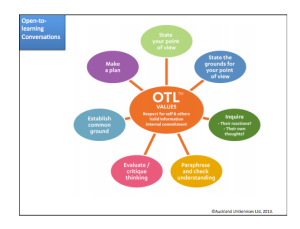
Power of checking and confirming confirmed! A solution is not good enough if it is not going to advance the work on the problem.
Common ground needs to be named, otherwise it could be murky. If not a common ground, could be that the conversation is useless if one party does not see the problem as a problem.
Inquiry to avoid advocacy – people ask questions that they know the answers to as it is preferable that the other person tells you.
Minimising your concern:
CTL pattern
Trivialising or minimising your concern
- be honest about the seriousness of your concern
Sandwiching your concern by giving positive feedback before and after raising your concern.
- disclose early on that there is both positive and critical feedback if that is the case.
Avoid a culture of niceness – OTL is not about “difficult conversation” but about a culture of support and challenge.
Issues between the staff lurk like land mines, until addressed, we never get to the issue.
